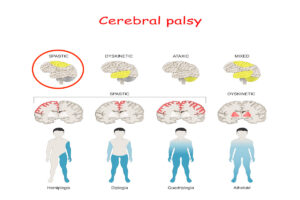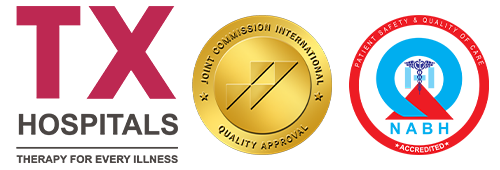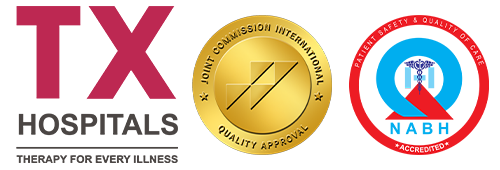Introduction
Cerebral palsy (CP) is a group of neurological disorders that affect movement, muscle control, and coordination. It is caused by damage to the developing brain, usually before or during birth, but can also occur in early childhood. Cerebral palsy is a lifelong condition, but with appropriate management and support, individuals with CP can lead fulfilling lives.

Symptoms
The symptoms of cerebral palsy can vary widely depending on the type and severity of the condition.
Common symptoms may include:
Abnormal muscle tone: Stiffness (hypertonia) or floppiness (hypotonia) in the muscles.
Motor impairments: Difficulty with coordinated movements, such as walking, crawling, or reaching.
Spasticity: Muscle tightness or involuntary muscle contractions that can affect mobility.
Balance and coordination problems: Challenges with balance, coordination, and fine motor skills.
Speech and communication difficulties: Trouble with speech production or language development.
Intellectual disabilities: Some individuals with CP may also have intellectual impairments, though many have normal intelligence.
Sensory impairments: Visual or hearing impairments may be associated with cerebral palsy in some cases.
Seizures: Some individuals with CP may experience seizures.
Diagnosis
Diagnosing cerebral palsy typically involves a comprehensive evaluation, which may include:
Medical history and physical examination: A detailed discussion of symptoms, medical history, and a thorough neurological examination.
Developmental assessment: Evaluation of motor skills, speech and language development, and other developmental milestones.
Imaging tests: Magnetic resonance imaging (MRI) or computed tomography (CT) scans to examine the brain and identify any structural abnormalities.
Genetic testing: In some cases, genetic testing may be done to rule out any underlying genetic conditions that may contribute to cerebral palsy.
Treatment
The treatment of cerebral palsy aims to maximize an individual’s independence, improve their quality of life, and manage associated symptoms.
Treatment options may include:
Physical therapy: Therapeutic exercises, stretching, and activities to improve muscle strength, flexibility, and motor skills.
Occupational therapy: Techniques and interventions to improve daily living skills, fine motor skills, and independence.
Speech and language therapy: Exercises and strategies to improve communication, speech production, and language development.
Medications
Medications may be prescribed to manage spasticity, seizures, or other associated conditions.
Assistive devices: Devices such as wheelchairs, braces, or communication aids may be recommended to improve mobility and communication.
Surgery: In some cases, surgical interventions may be considered to improve mobility or address specific complications associated with cerebral palsy.
Lifestyle Changes
In addition to medical interventions, certain lifestyle changes and support can help individuals with cerebral palsy:
Supportive environment: Creating an accessible and supportive environment at home, school, and work to facilitate mobility and independence.
Assistive technology: Utilizing adaptive equipment or assistive devices to enhance communication, mobility, and daily activities.
Regular exercise: Engaging in appropriate physical activities or exercises recommended by healthcare professionals to maintain strength, flexibility, and overall well-being.
Emotional support: Providing emotional support and counseling to individuals with cerebral palsy and their families to cope with the challenges associated with the condition.
Education and inclusion: Ensuring access to education and inclusive environments to promote social interaction, learning, and development.
It’s important to consult with healthcare professionals, including neurologists, physical therapists, and occupational therapists, for an accurate diagnosis, personalized treatment plan, and







